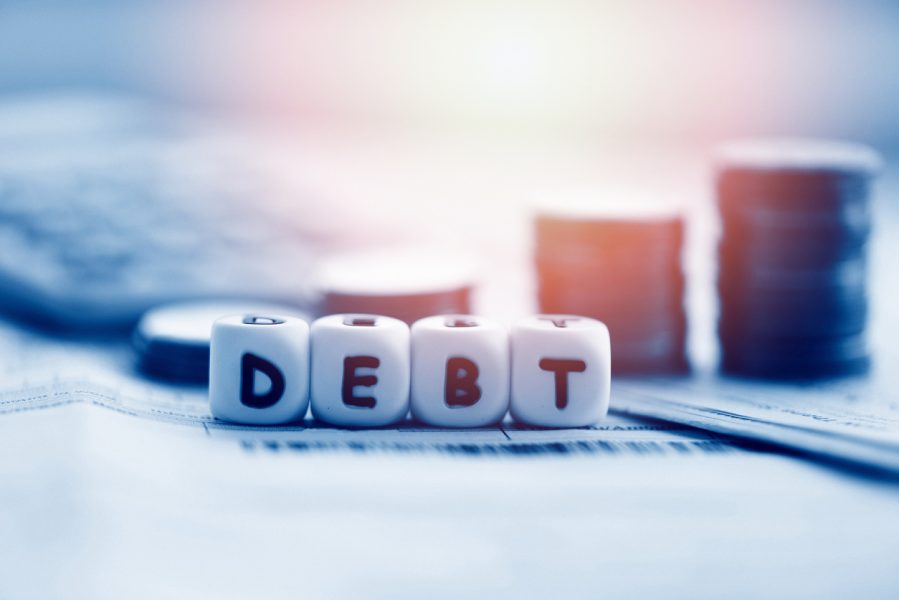
Household debt shoots to 37.3% of GDP in 2021: SBI report

The COVID-19 pandemic has led to a sharp rise in household debt to GDP ratio, causing it to shoot from 32.5 per cent in 2019-20 (BIS estimates peg it at 37.7 per cent as on December 2020) to 37.3 per cent in 2021, SBI estimates said.
“We estimate that household debt as a percentage of GDP has declined to 34 per cent in Q1FY22 with the commensurate rise in GDP in Q1, though it has increased in absolute terms. We project that household debt in rural and urban areas might have doubled in 2021 from the 2018 levels,” Dr Soumya Kanti Ghosh, group chief economic adviser of SBI told Financial Express.
Also read: Centre failed on GST, COVID; would it be anti-national?: Rajan on Infosys row
The recently-released India Debt and Investment Survey (AIDIS) report, authored by Ghosh, shows an increase in average amount of debt in both rural (by 84 per cent) and urban (by 42 per cent) households over a six-year period ending 2018.
“The state-wise trend indicates that the rural households’ average debt more than doubled in 18 states for the 6 year period ended 2018, while 7 states witnessed the same for urban households. Importantly, 5 states, including Maharashtra, Rajasthan and Assam witnessed a simultaneous doubling in average debt across both urban and rural households during this period,” the report says.
Also, the debt-asset ratio rose to 3.8 in 2018 from 3.2 in 2012 for rural households while increasing from 3.7 to 4.4 for urban households during the same period.
Kerala, Madhya Pradesh and Punjab have witnessed a fall of at least 100 bps in debt-asset ratio over the six-year period.
However, what has come as relief is the decline in outstanding cash debt from non-institutional credit agencies in rural areas – from 44 per cent in 2012 to 34 per cent in 2018 – in most of the states. This is a positive indication about an increase in formalisation of the economy.
According to the report, states such as Bihar, West Bengal, Rajasthan, Haryana, and Gujarat have seen a decline in their share of non-institutional credit.
Also read: Retail inflation eases for third straight month to 5.3% in August
Ghosh attributes the decline in non-institutional credit in Haryana and Rajasthan, to the introduction of Kisan Credit Cards in these states.
“Our estimates show that the number of KCC has jumped by five times over the seven-year-period ended 2020. For the record, Haryana and Rajasthan did witness an average increase of 9 per cent! We believe that the recent reforms in agriculture could further help in formalization of the economy, despite the political cacophony. However, there is still a fundamental reform pending that is in the realm of RBI. This is making Agriculture Cash-Credit at par with other segments,” Ghosh said in the report.


